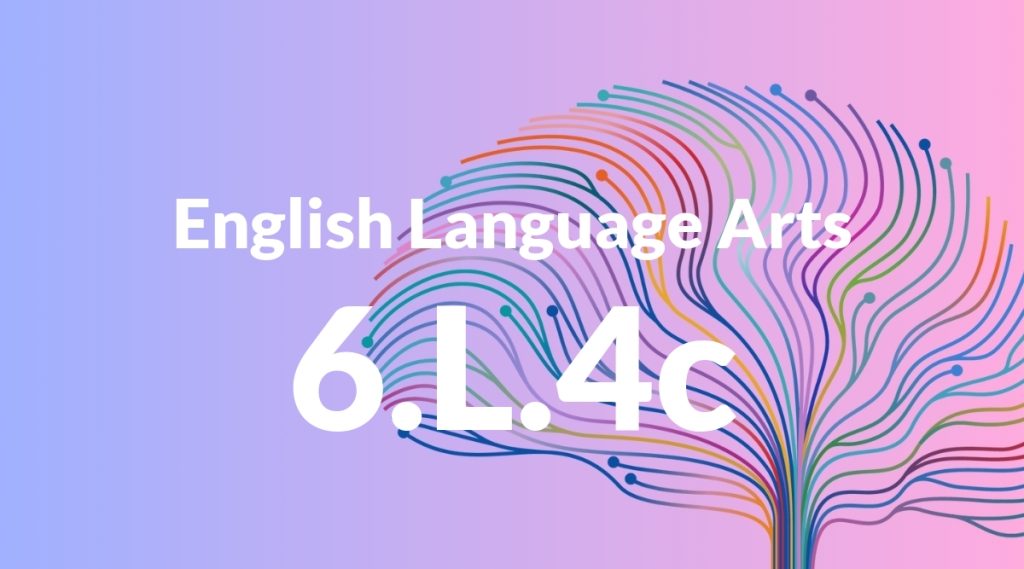Standard: 6.L.4 – Determine or clarify the meaning of unknown and multiple-meaning words and phrases based on grade 6 reading and content, choosing flexibly from a range of strategies.
Grade level: Grade 6
Subject: English Language Arts
Domain: Language
Teacher Overview
This standard focuses on helping students determine or clarify the meaning of unknown and multiple-meaning words and phrases in their reading. Mastering this skill is crucial for improving reading comprehension and vocabulary development. Students should be familiar with basic word analysis skills such as using context clues, understanding prefixes and suffixes, and using reference materials like dictionaries.
Students will develop the ability to independently decipher complex texts and academic vocabulary, which is essential for their future academic success.
Common Misconception 1
Some students may think they can rely on a single strategy to understand new words, which limits their ability to fully grasp the text.
Intervention 1
Introduce lessons that combine multiple strategies, such as using context clues and analyzing word parts together, to reinforce a more holistic approach.
Common Misconception 2
Another common misconception is that the dictionary is the only tool for finding word meanings, which can be time-consuming and less effective in context.
Intervention 2
Provide activities that emphasize using context clues and other strategies before resorting to a dictionary, to build students’ confidence in their inferencing skills.
Prerequisite Knowledge
Students should have a basic understanding of context clues, root words, prefixes, and suffixes. They should also be familiar with using dictionaries and thesauruses.
Subsequent Knowledge
After mastering this standard, students will be able to independently determine the meaning of complex texts and academic vocabulary, enhancing their overall reading comprehension and fluency.
Instructional Activities
- Context Clue Detective: Students read passages and highlight unknown words, then use context clues to infer meanings.
- Root Word Relay: A game where students match words with their Greek or Latin roots to understand their meanings.
- Dictionary Dash: A timed activity where students use dictionaries to find meanings of challenging words in a fun, competitive environment.
- Peer Discussion Circles: Small group discussions where students share strategies they used to determine word meanings in their reading assignments.
- Interactive Word Walls: Creating a classroom word wall where students can add new words they have learned and their meanings.




